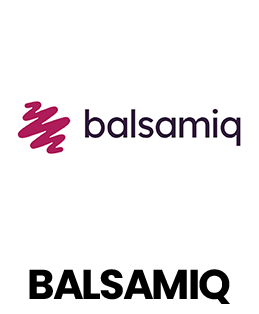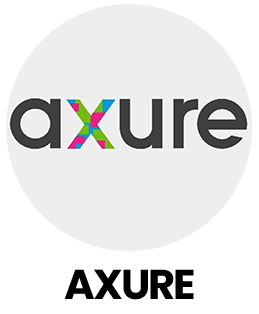1. What distinguishes UI design from UX design?
Ans:
UI design promotes the visual aspects of a product, including colors, buttons, typography and layout, shaping Users engage with it. Conversely, UX design focuses on the whole experience, including usability, accessibility and how intuitive the product feels. While UI is concerned with aesthetics, UX emphasizes functionality, user satisfaction and creating a seamless experience. Together, they ensure a product is both visually appealing and easy to use.
2. What are the essential skills a UI/UX designer should have?
Ans:
A UI/UX designer needs to be skilled in design programs such as Sketch, Adobe XD and Figma. They must be proficient in user research and usability testing, as well as possess a solid grasp of user-centered design ideas. To work well with team members and stakeholders, it helps to have a basic understanding of HTML, CSS and front-end programming in addition to strong communication and teamwork abilities.
3. How do you tackle a fresh design assignment?
Ans:
Starting a new design project I first understand the business goals and user needs through research and discussions with stakeholders. It create user personas and journey maps to visualize the user experience. Wireframes and prototypes are developed next, followed by usability testing and iterations based on feedback. Throughout the process, I collaborate closely with developers and other team members to ensure the design complies with company goals and user expectations.
4. What is a user persona and why is it important?
Ans:
A user persona is a made-up depiction of a key segment of your target audience, including demographics, behaviors, goals and pain points. It designers empathize with users and make informed design decisions. By understanding the persona, designers can create relevant, effective solutions that meet actual user needs, ensuring the product delivers a meaningful and engaging experience.
5. How do you guarantee the accessibility of your designs?
Ans:
Accessibility means designing products can be used by people with disabilities. To achieve this, I focus on high-contrast color schemes, keyboard navigability, alternative text for images, clear language and testing with screen readers and other assistive technologies. Ensuring accessibility improves usability for all users, not just those with disabilities and creates a more inclusive user experience.
6. What tools do you use for prototyping and why?
Ans:
I use tools like Figma, Adobe XD and InVision because they allow rapid prototyping, interactive mockups and easy collaboration. These tools help stakeholders visualize the design, test usability and provide feedback early, which reduces costly changes during development and ensures alignment with user needs.
7. Explain the importance of wireframes in UI/UX design.
Ans:
Wireframes are essential because they outline the structure and flow of a product without distractions like colors or images. They communicate layout ideas clearly, allow quick revisions and align teams on functionality. Serving as the blueprint for the project wireframes guide the visual design and development process efficiently.
8. How do you respond to criticism or comments on your designs?
Ans:
I handle feedback by listening actively and staying open minded. I try to understand the rationale behind the feedback and evaluate whether it aligns with user needs and project goals Constructive criticism is used to iterate and improve designs and I make sure to communicate design decisions clearly to stakeholders, ensuring everyone stays on the same page.
9. What methods do you use for user testing?
Ans:
I conduct usability testing with real users performing specific tasks, perform A/B testing to compare design alternatives and gather qualitative feedback through surveys and interviews. Heatmaps and analytics help track user interactions and remote testing tools allow for broader user input. These methods ensure the design meets user expectations and performs effectively.
10. How do you keep up with UI/UX design trends?
Ans:
I stay updated by following design blogs, attending webinars and conferences, participating in design communities and taking online courses. Continuous learning helps me bring fresh ideas, modern best practices and innovative solutions to projects, ensuring the designs remain relevant, user friendly and visually appealing.





















